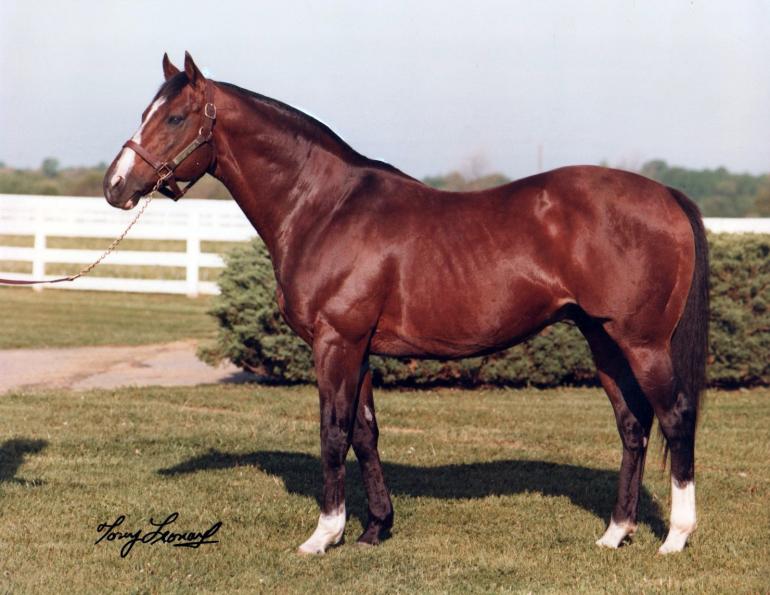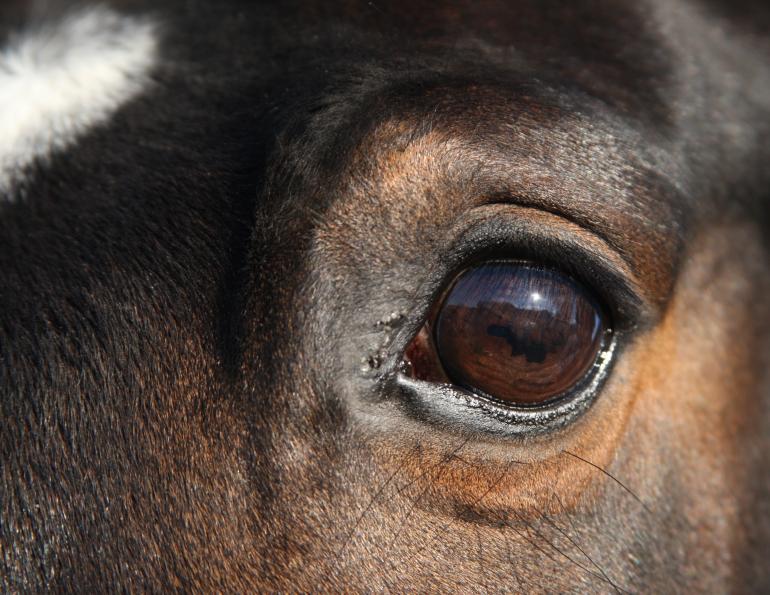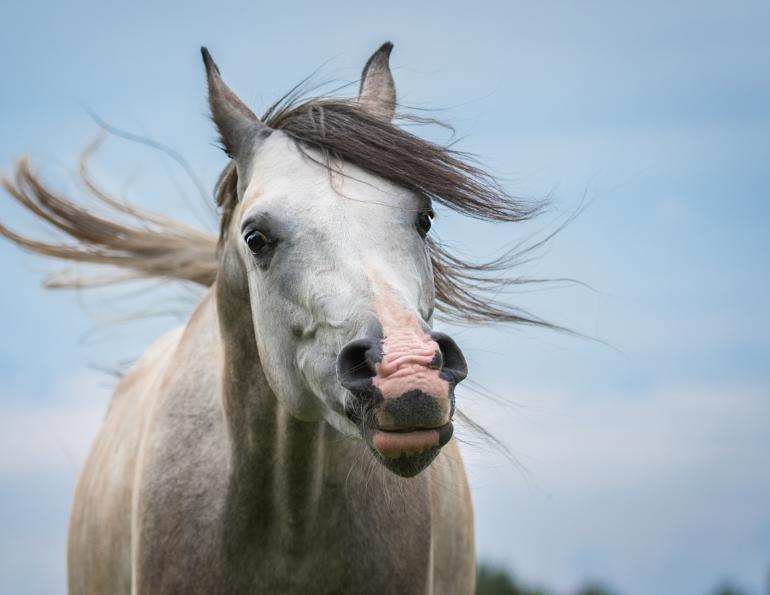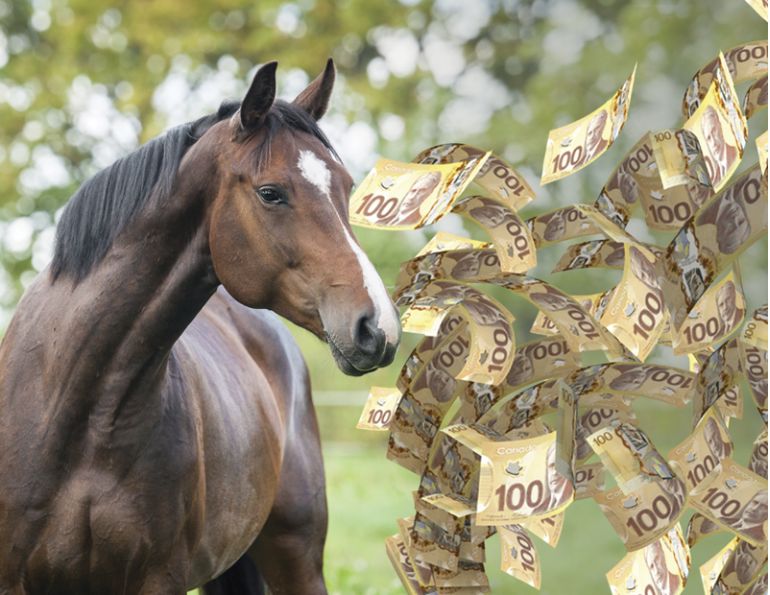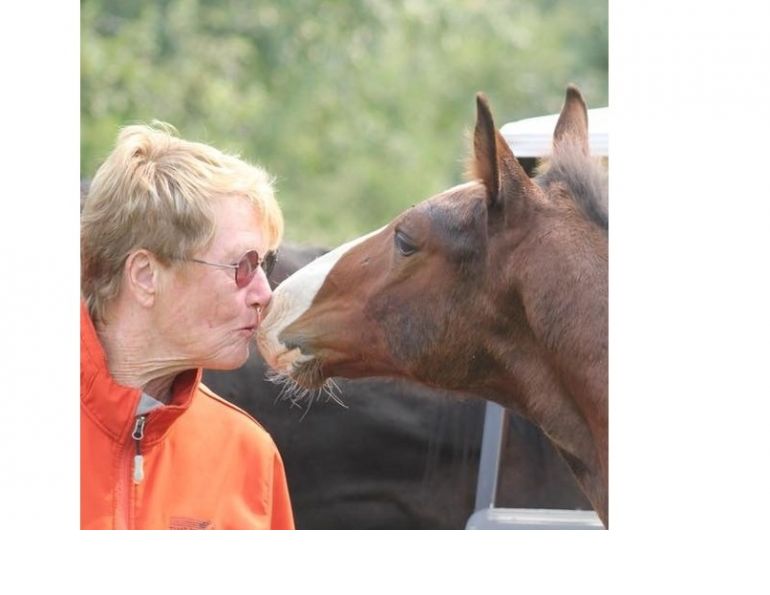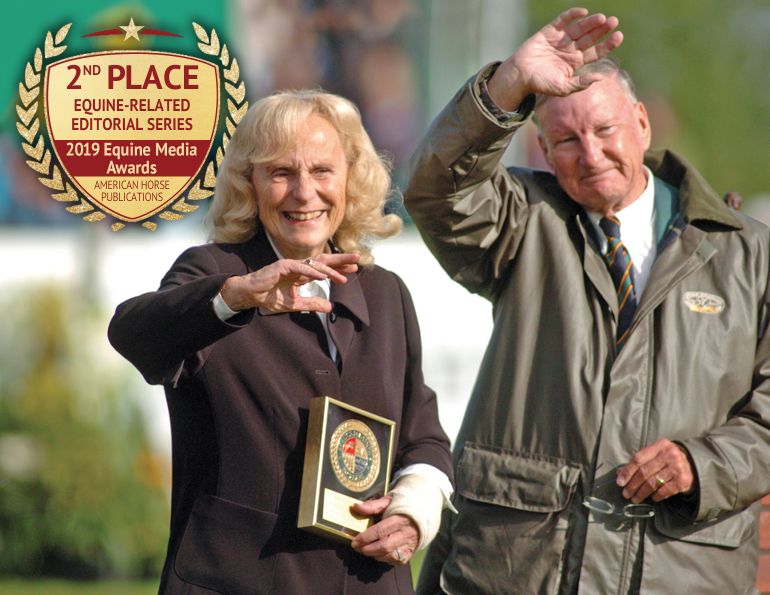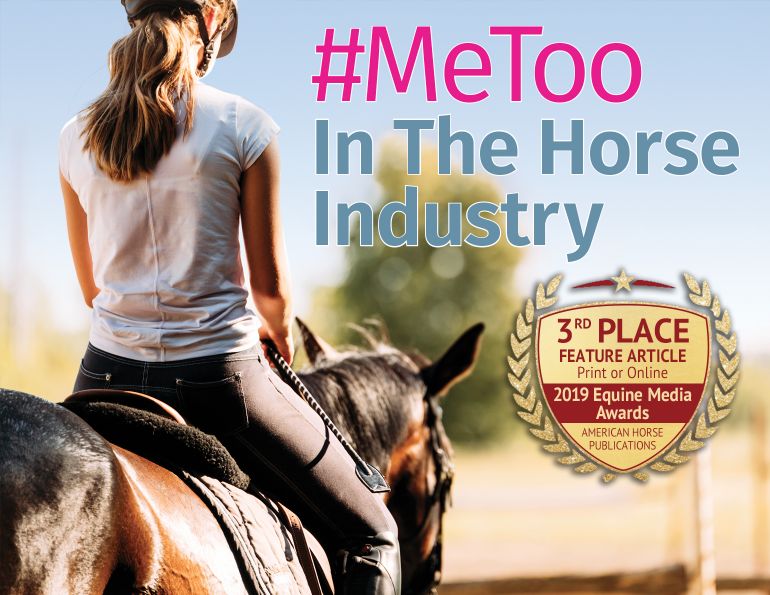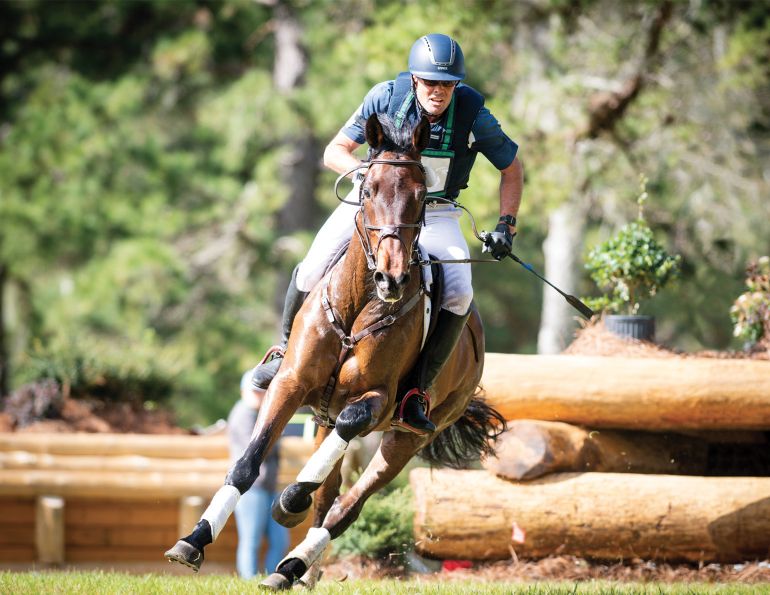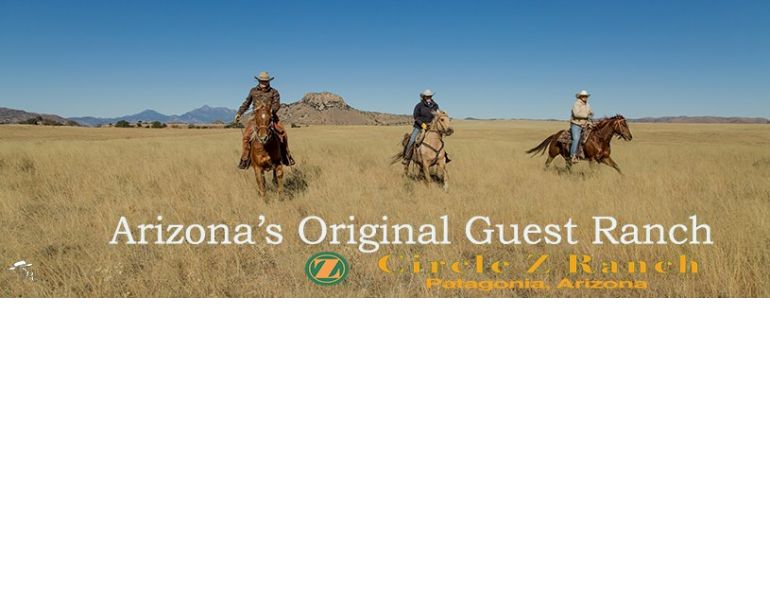By Margaret Evans
In the July/August 2017 issue of Canadian Horse Journal, we celebrated Canada’s 150th anniversary with stories of 20 exceptional horses that have reflected our values and fired our national pride. One of those horses was Northern Dancer.
He was just a little guy when he was born on May 27, 1961 at business tycoon E.P. Taylor’s Windfields Farm in Oshawa, Ontario. In fact, when Taylor put the 14.2 hand unruly Thoroughbred colt in the yearling sale the following year, he didn’t even fetch the $25,000 reserve due to his small size. It was the best sales failure Taylor ever had, but at the time he had no idea what his colt, Northern Dancer, had in store for him.
Northern Dancer (by Nearctic out of Natalma) would grow to 15.1 hands and be blessed with powerful hindquarters, excellent balance, agility, and speed. And he had another physical advantage unknown at the time that likely propelled his meteoric rise to fame. He had the large heart gene passed down to him from the mare Pocahontas born in 1837; also small of stature at 14.3 hands, she is considered the taproot for the Xh or large heart gene. In his two years of racing, Northern Dancer won 14 of his 18 races (including nine major stakes and derby wins) and never finished worse than third.
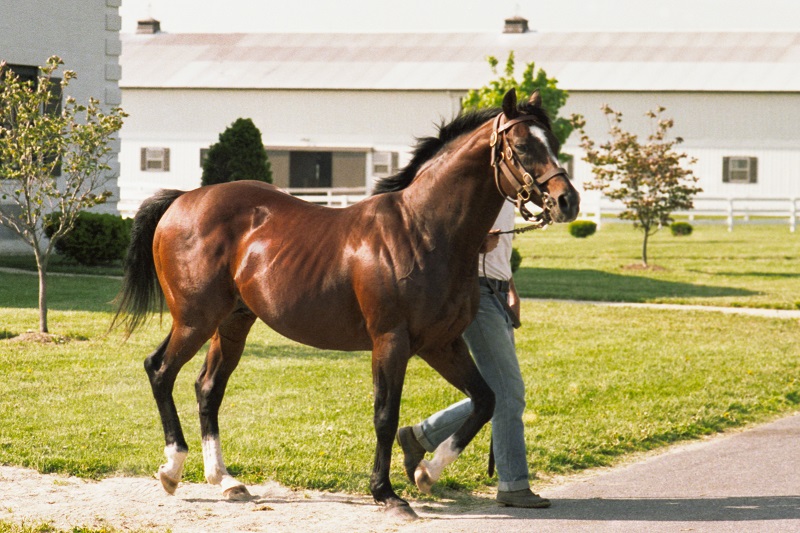
Remarkable Horses in Canada: Northern Dancer. Photo: The Tony Leonard Collection
When starting out as a two-year-old, critics looked at the little Canadian horse with scorn, but seven wins in nine starts in 1963 earned Northern Dancer the Canadian Juvenile Championship – and a second look.
The year 1964 would seal the little horse’s place in history, but not before a bumpy start during an early-season six-furlong race on February 10 to prepare him for the Flamingo Stakes. Jockey Bobby Ussery had been given instructions from trainer Horatio Luro to not use the whip under any circumstances. Northern Dancer exploded from the gate but got bumped from his stride and trapped behind several horses. Against pre-race orders, Ussery used his whip in the final strides of the race and The Dancer finished third. Luro was furious about the use of the whip and the negative effects lingered, complicating training.
The next day when taken out for light exercise, The Dancer came to a dead stop when reaching the track. Despite the exercise rider’s insistence that he move forward, he bucked, kicked, and reared. He now associated the track with the sting of the whip, a trait also expressed by his dam, Natalma.
A strategy was needed to fix this, one that included a mild sedative to calm The Dancer down, and gentle rides around the stable area, quietly moving closer and closer to the track. It took two weeks to win back his confidence. But the real test was whether he would race.
An exhibition race with just two other horses, Chieftain and Trader, was organized at Hialeah Park, Florida, on February 24. Legendary jockey Bill Shoemaker was available to ride him. The Dancer won it by seven lengths.
Related: Remarkable Horses in Canada: Ninjinsky
Shoemaker was a brilliantly quiet rider and his touch was so light that Horse Racing Hall of Fame jockey Eddie Arcaro once said in a Time Magazine interview that “Willie takes such light hold of a horse… he could probably ride with silk threads for reins.” Shoemaker had a unique ability to communicate with horses to encourage their willingness to run. He can certainly be credited with helping to put The Dancer back on track.
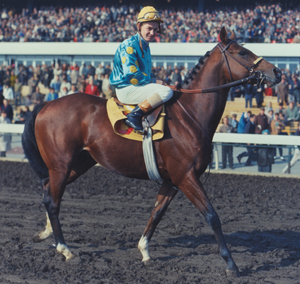
In the twists of life, Shoemaker shared similarities with the little racehorse. He was light (around 100 lbs) and short (4 feet, 11 inches). At his premature birth, he weighed less than two pounds and was not expected to survive. His grandmother put in a shoebox in the oven with the door left open to keep him warm.
On May 2, 1964, Northern Dancer drew post position seven in a field of twelve at the Kentucky Derby. With jockey Bill Hartack on board, his record two-minute dash for victory with his little legs drumming down the track like a hummingbird’s wings established him as the first Canadian-bred, Canadian-owned horse to win the celebrated race. Two weeks later he won the Preakness Stakes at Pimlico. He went on to score stakes wins including the Queen’s Plate until a bowed tendon during a workout at Belmont in July ended his racing career. But his even greater legendary career in the breeding shed was about to begin.
Like his sire (Nearctic) and grandsire (Nearco), Northern Dancer had a feisty, dominant, and unruly temperament. He was the alpha male and he knew it. He demanded attention, knew the click of a camera, and once destroyed a stall when a mare was brought in for another stallion. Luro wanted him gelded but fortunately Taylor refused and that decision changed the course of Thoroughbred breeding history.
Northern Dancer became the leading male-line progenitor of modern Thoroughbreds worldwide throughout his breeding years from 1965 to 1990. By 2000, his influence on the breeding industry was considered the greatest in the 20th century. His offspring won millions; he sired 146 stakes winners across North America and Europe, and his stud fee rose to $1 million.
The little horse transcended horse racing to capture the hearts of Canadians. His story is told in Muriel Lennox’s book Northern Dancer: The Legend and His Legacy. He was the first horse to be entered in Canada’s Sports Hall of Fame, an honour he now shares with Big Ben. He died after a colic attack at Taylor’s second farm in Maryland on November 16, 1990, at age 29 and his body was returned to Canada to be buried where he was born on Windfields Farm.
Related: Jake the Logging Horse Hero
Related: Remarkable Horses in Canada: Burmese
Main photo: The Tony Leonard Collection



